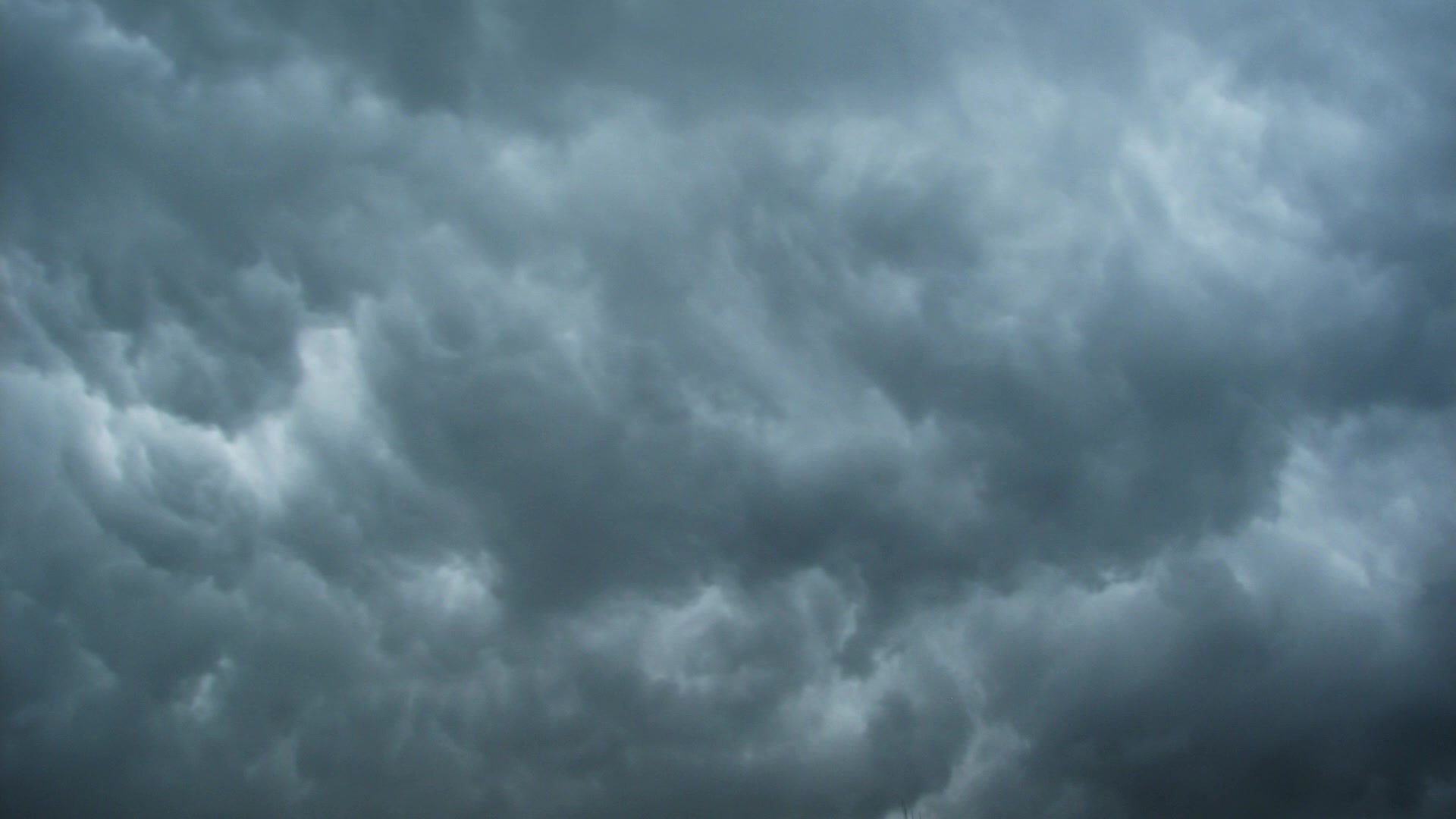

There is a gap in literature about social movements on Instagram. Social movements are defined as informal collectives of people who seek to enact a common political or social goal. Because photographs are subjective to the interpretation of the viewer, their meanings are often socially negotiated by the groups who are viewing them. As such, the authors of the study wanted to explore how online activism on Instagram interprets social movement theory. To do so, they considered three different social movements: Black Lives Matter (BLM), the battle against defunding Planned Parenthood (PP), and the backlash against the Indiana Religious Freedom Restoration Act (RFRA). Their preliminary results show that: (1) social movements show at least five recurrent themes on Instagram; (2) to participate in online activism, users appropriate Instagram features and functionality by creating workarounds to accomplish their goal when the limits of Instagram do not allow for it.
The rise of the Internet, and subsequently social media, brings new challenges to existing theories. The prevalence of the Internet has profoundly changed the way social movements can originate and evolve, and social media platforms have transformed social interactions between people sharing common goals. They also have enabled the key actors of social movements to reach a wider crowd than before thanks to the pervasiveness of today’s social networks. Several online platforms, such as Change.org, were also created specifically to foster social change. While these platforms lack the mainstream appeal and audience of broader social media platforms, they nonetheless epitomize the online activism that broadly occurs on the Internet, and especially on more general social media platforms, like Facebook and Instagram.
The five unique themes in images posted about social movements are :
-
Photographs taken on the ground: pictures taken during rallies or other offline political activities. Often, these included protest signs about the movement
-
Infographics created by organizations: informational or supportive imagery that has been created for the movement by non-governmental organizations (e.g., the Human Rights Campaign).
-
User-created art and photography: users who have created original photographs or digital art to express their opinion
-
Commercial images: advertisements and symbols of support by businesses
-
Repurposed media: memes, quotes, screenshots, or pictures from newspapers, books, or TV.
-
Workarounds: repost apps and screenshots
Some features, such as likes and comments, augment the communication around social movements. However, the lack of some features, such as limited sharing functionality or the inability to add text to pictures, hinders the progression of social movements.
Source: Cornet, Victor P., Natalie K. Hall, Francesco Cafaro, and Erin L. Brady. "How image-based social media websites support social movements." In Proceedings of the 2017 CHI Conference Extended Abstracts on Human Factors in Computing Systems, pp. 2473-2479. ACM, 2017.
Separately, Instagram is prone to many fake activist accounts. The Sudan Meal Project and similar accounts claim to be helping the causes, but they’re really just a ploy to get more followers. As an example, the Instagram account stated: “We’re committed to donating up to 100,000 meals to Sudanese civilians,” @SudanMealProject’s bio read. The account’s only post promised, “For every STORY REPOST this post gets, we will provide one meal to Sudanese children, and you will help spread awareness on what’s happening in Sudan.” However, no one can send meals to Sudan in the way the viral Instagram accounts claim. “It’s incredibly difficult to send meals to Sudan,” said Joe English, a UNICEF communications specialist. When reached for comment via Instagram direct message, the administrator of @SudanMealProject could not provide any proof that the account was working with any aid organizations, nor could the administrator back up any of the claims made in the account’s posts.
In addition to misrepresenting their intentions, these accounts feed into misinformation about causes. There is an account now dedicated to exposing Instagram scams, https://www.instagram.com/exposinginstascams/.
Source: Sudan and the Instagram Tragedy Hustle by TAYLOR LORENZ JUNE 17, 2019
Related to this, when the Amazon fire started to receive increased coverage, many celebrities posted photos of the Amazon fire from previous years. Though they thought they were doing good by sharing these photos, there was no context to where the photos originated from, and before they knew it, others were re-posting an inaccurate photo on Instagram in the name of fires and climate change.